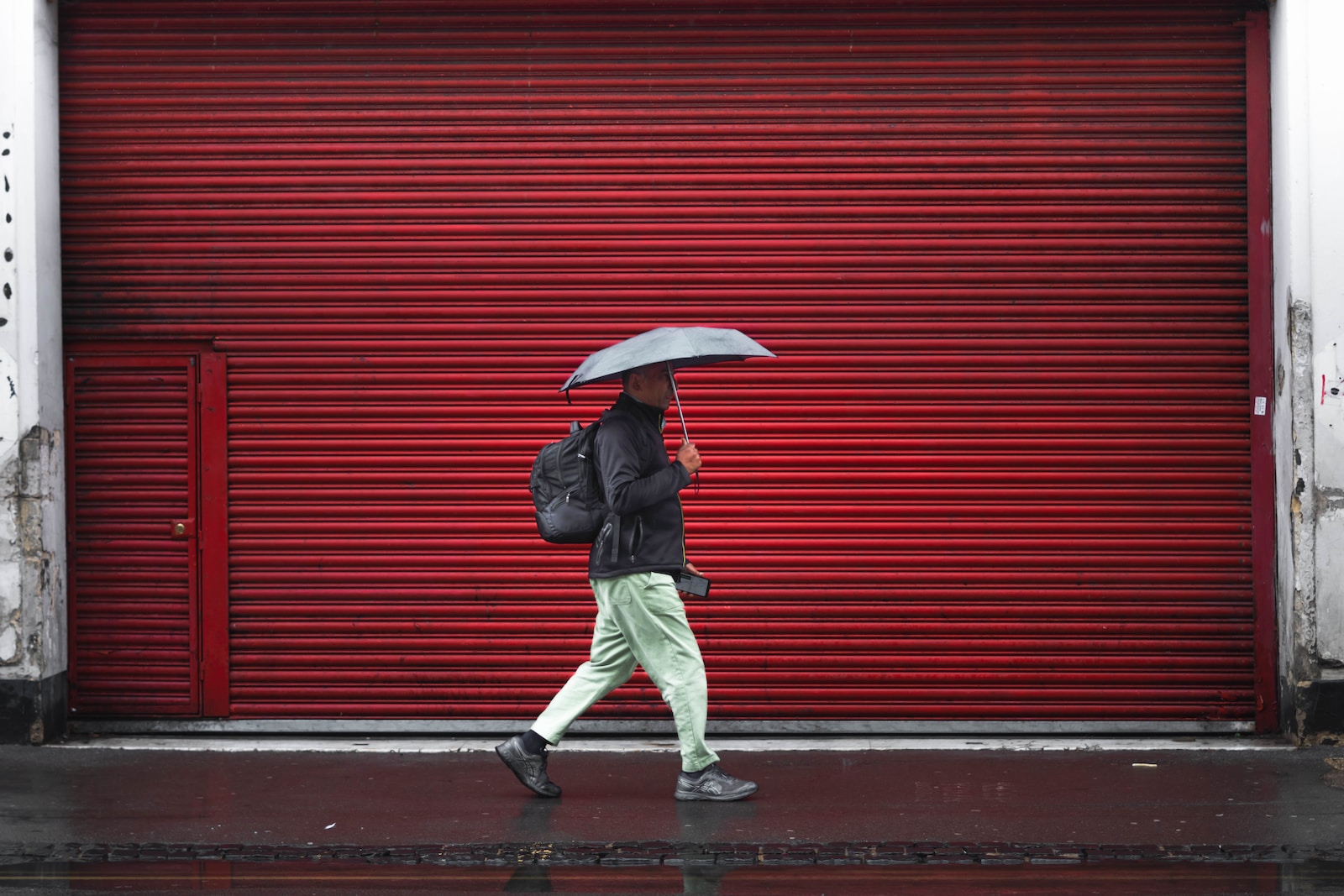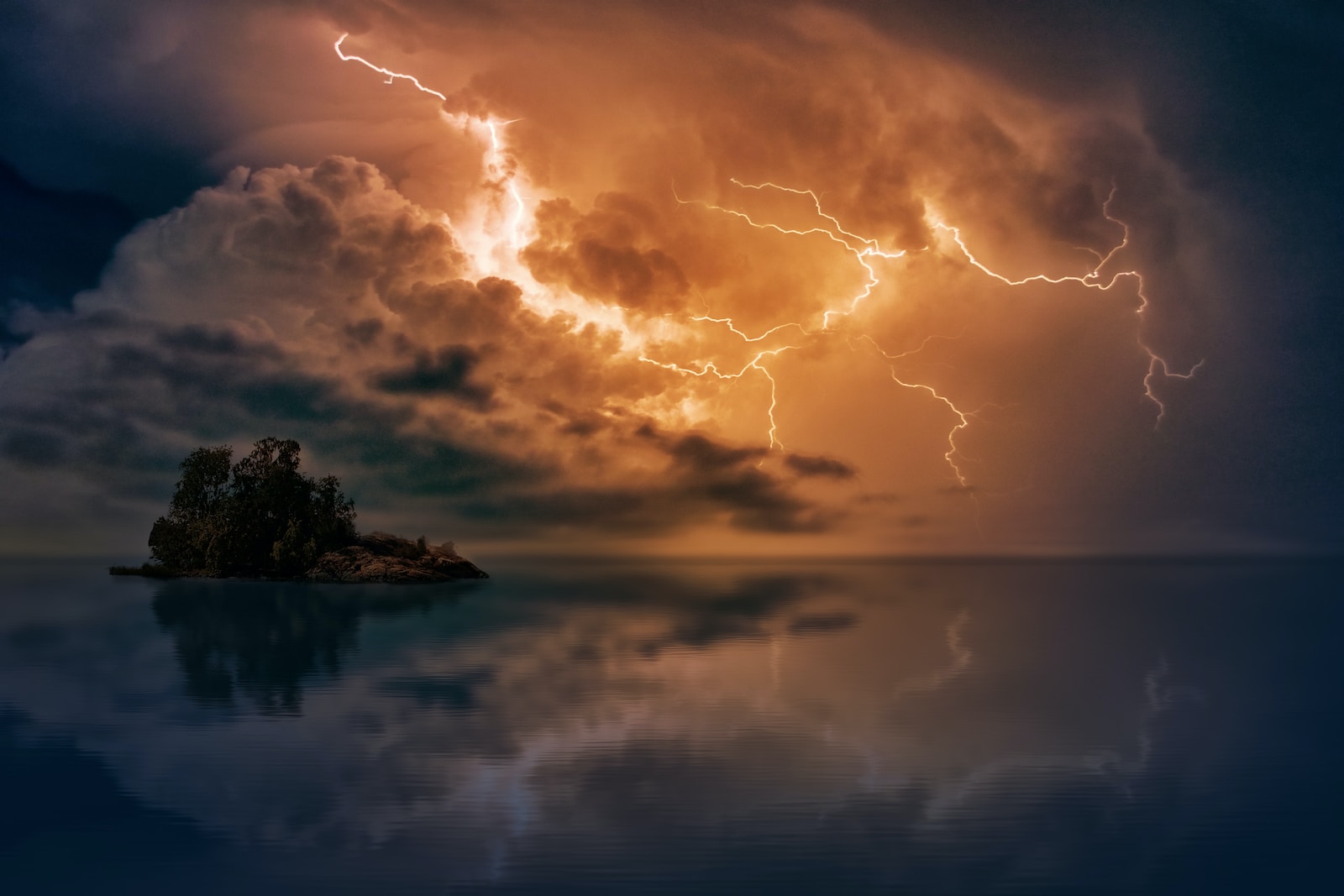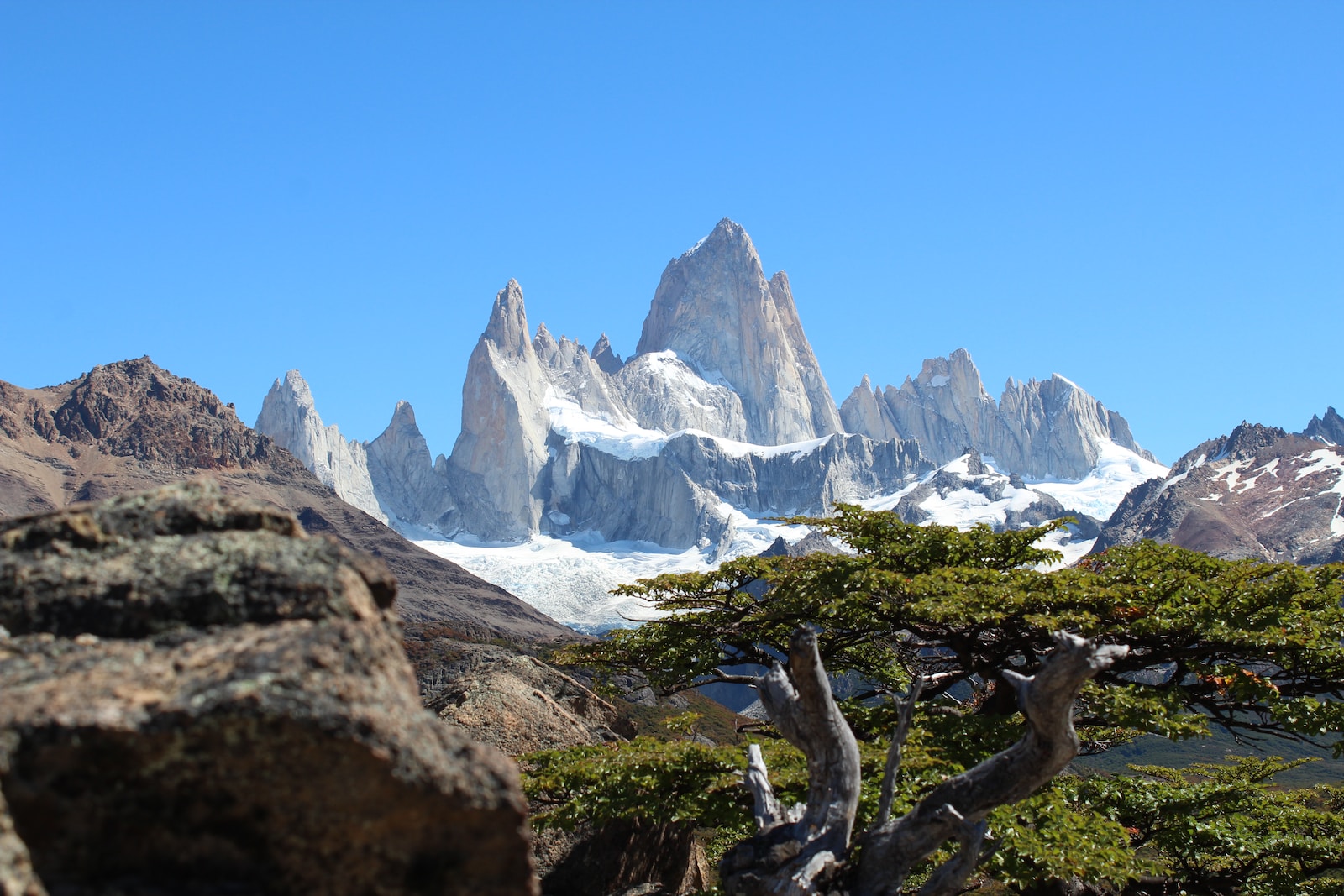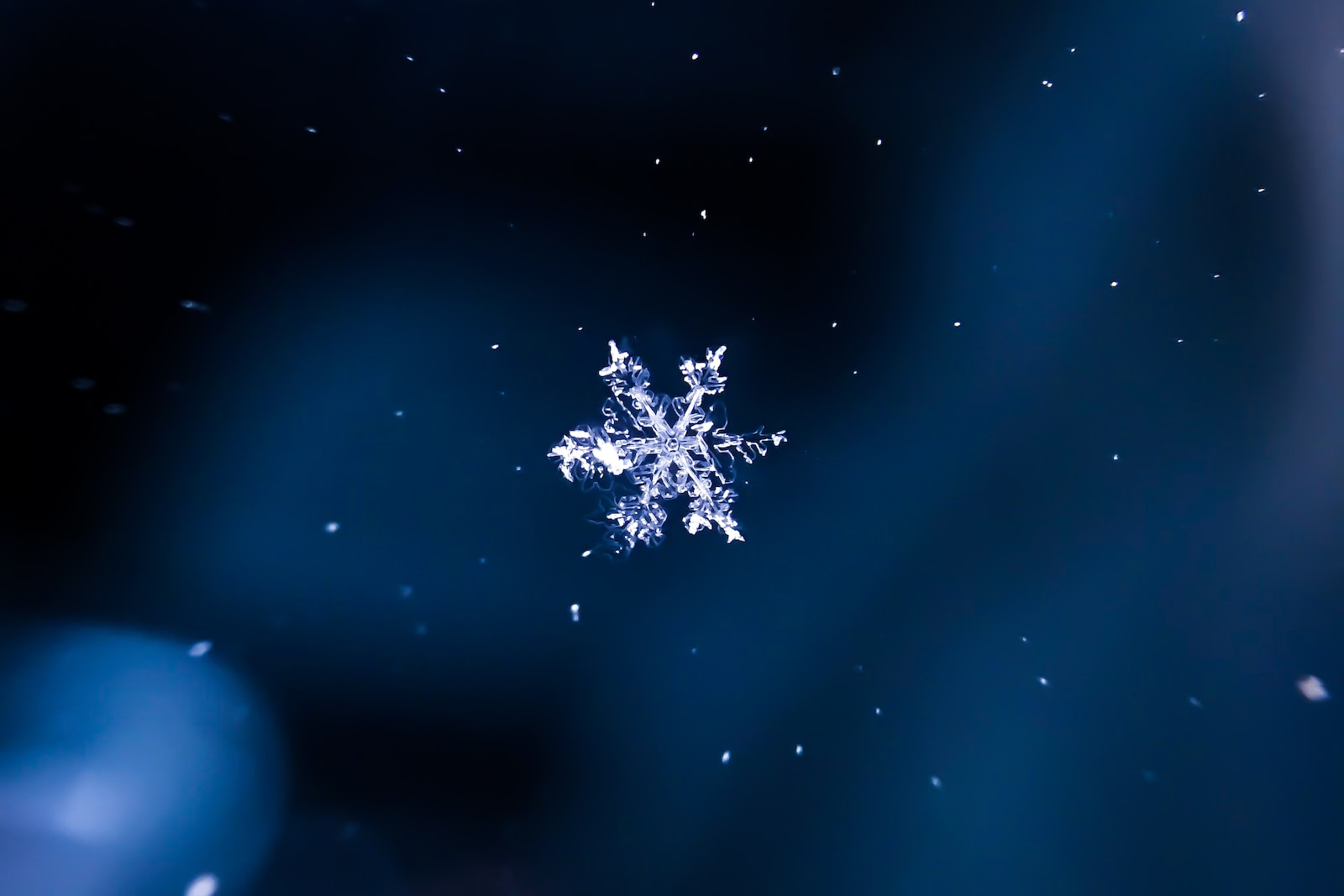Explore the captivating world of rain photography as we embark on a journey through the rain, unveiling its hidden beauty. In this blog, we will dive into the techniques and tips to master rain photography, capturing stunning images in the midst of the weather’s raw intensity. From learning how to manipulate the droplets to embracing the ethereal atmosphere, discover how to create enchanting rain images that evoke emotion and leave a lasting impression. Unlock the secrets of rain photography and be inspired by nature’s painting in motion.
Table of Contents
- The Beauty of Rain: Capturing Rainy Moments with Your Camera
- The Right Camera and Lens for Rain Photography
- The Beauty of Rain Photography: Best Time of Year and Vantage Points
- Frequently Asked Questions
- 1. What is rain photography?
- 2. What camera equipment is best for rain photography?
- 3. How can I protect my camera from rain?
- 4. What camera settings should I use for rain photography?
- 5. How can I enhance the rain effect in my photographs?
- 6. What composition techniques work well for rain photography?
- 7. How can I make my rain photographs stand out?
- 8. Are there post-processing techniques specific to rain photography?
- 9. Can I photograph rain without getting wet?
- 10. How can I find inspiration for rain photography?
- Wrap Up
The Beauty of Rain: Capturing Rainy Moments with Your Camera
Rainy weather may seem gloomy and unappealing to some, but for passionate photographers, it presents a unique opportunity to capture stunning and emotive images. The rain has the power to transform ordinary scenes into magical moments, offering a fresh perspective and a chance to experiment with new techniques. In this article, we will explore the beauty of rain and provide you with some valuable tips to master rain photography.
Embracing the Rainy Atmosphere
When photographing rain, it’s essential to embrace the atmospheric conditions and incorporate them into your compositions. One technique is to seek out vibrant colors that pop against the gray backdrop of a rainy day. Look for subjects such as colorful umbrellas, rain boots, or even the reflections of city lights on wet surfaces.
Another strategy is to focus on capturing the emotions evoked by rain, such as joy, nostalgia, or solitude. Seek out individuals or groups caught in the rain, capturing their expressions and the emotions conveyed through their body language. These moments can result in powerful and evocative photographs.
Experimenting with different camera settings can also help convey the mood of the rain. Try adjusting the white balance to make the rain appear bluer or more neutral, enhancing the cool and misty atmosphere. Additionally, playing with long exposure techniques can create mesmerizing effects, such as streaking raindrops or blurred movement.
Creative Composition Techniques
Composition plays a crucial role in rain photography. To make your images stand out, consider incorporating the following techniques:
- Leading Lines: Utilize the lines created by rain-soaked streets, reflections, or patterns formed by falling rain to lead the viewer’s eye through the frame.
- Reflections: Take advantage of puddles, glass surfaces, or even droplets on leaves and petals to capture beautiful reflections. These can add a sense of depth and visual interest to your images.
- Foreground Elements: Introduce foreground elements such as rain-soaked foliage, droplets on windowpanes, or close-up details of rain-soaked objects to create layers and add depth to your composition.
- Minimalism: Embrace the simplicity of rainy scenes by focusing on minimalistic compositions. Look for isolated subjects against a gray backdrop, emphasizing negative space and simplicity in your imagery.
- Dramatic Lightning: If you’re lucky enough to capture a rainstorm with lightning, use it to your advantage. Experiment with longer exposures to capture multiple strikes in one frame, adding drama and energy to your photographs.
- Macro Details: Get up close and explore the intricate beauty of raindrops on various surfaces. Use a macro lens or close-up filters to capture the details that often go unnoticed, revealing the fascinating world within a single drop of rain.
Remember, rain photography is all about experimentation and staying open to the unexpected. Always be ready to grab your camera and seize the moment when the rain starts to fall. With practice and a keen eye, you’ll soon uncover the captivating beauty that lies within rainy moments.
Did you know that rain can create stunning reflections and add a magical touch to your photographs? With the right techniques and camera settings, you can capture the beauty of raindrops and create captivating images that truly stand out.
The Right Camera and Lens for Rain Photography
When it comes to capturing the beauty of rain, having the right camera and lens is crucial. A camera with manual settings is recommended for more control in different lighting conditions. Additionally, a camera with weather-sealing or a waterproof housing is ideal to protect your equipment from the rain.
For the lens, a wide-angle lens is a great option for capturing the whole scene with raindrops falling, creating a sense of atmosphere. On the other hand, a macro lens allows you to capture close-up shots of raindrops on various surfaces, revealing intricate details.
While these are popular choices, it’s worth noting that different photographers may have different preferences. Some may prefer prime lenses for their sharpness, while others may opt for zoom lenses for their versatility. Consider your shooting style and the final look you want to achieve when choosing your camera and lens.
Additional Equipment for Rain Photography
Apart from the camera and lens, there are a few extra items that can enhance your rain photography experience:
- Tripod: When shooting in rain, using a tripod is beneficial to stabilize your camera and minimize the risk of shaky images. It also allows you to experiment with long exposure shots to create unique effects with rain streaks.
- Rain Cover: To protect your camera from water damage, investing in a rain cover is essential. There are various options available, from simple waterproof sleeves to dedicated rain covers that provide full protection while still allowing easy access to camera controls.
- Lens Hood: A lens hood serves as extra protection against raindrops hitting the lens surface. It helps reduce lens flare and maintains image quality, ensuring your shots are clear and sharp.
- Microfiber Cloth: Raindrops or mist can easily find their way onto your camera or lens, affecting image quality. Having a microfiber cloth handy allows you to wipe away any water droplets and keep your gear dry.
Remember, the specific equipment you choose will depend on your individual preferences and shooting style. Consider what features and benefits each option provides and select the gear that suits you best. With the right equipment in hand, you’ll be ready to venture out into the rain and capture stunning photographs.
Keep in mind that these gear recommendations are not limited to rain photography only – they can also be useful for other weather-related photography or outdoor shooting in general. Always prioritize the safety of your equipment and take precautions when shooting in extreme weather conditions.
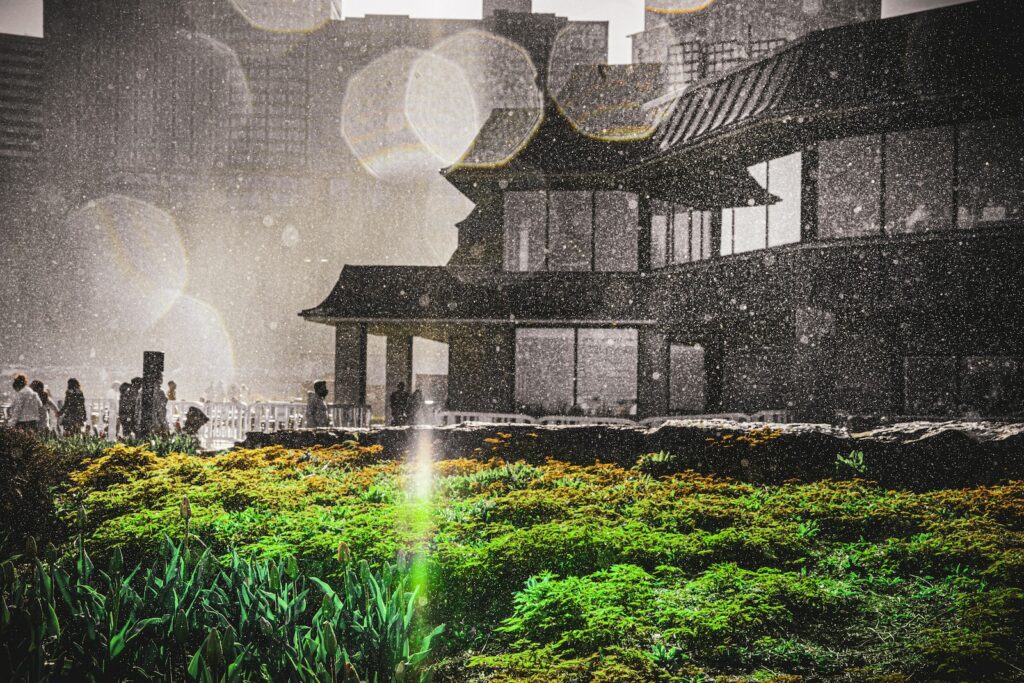
The Beauty of Rain Photography: Best Time of Year and Vantage Points
Rainy weather can add a touch of magic and drama to your photography. The glistening pavements, reflections in puddles, and misty atmospheres create unique opportunities for captivating shots. However, mastering rain photography requires understanding the best time of year to shoot and finding the right vantage points to capture the essence of the rain. Let’s explore these aspects in detail.
Best Time of Year to Take Rain Photos
The ideal time for rain photography depends on the climate in your location. However, spring and fall are generally considered the best seasons for capturing rain images. During spring, the rain showers are often accompanied by blooming flowers and lush greenery, providing a colorful backdrop to your shots. In the fall, raindrops on fallen leaves create a beautiful blend of warm tones and textures.
Another crucial factor to consider is the frequency of rain in your area. If you live in a region with frequent rainfall, you’ll have more opportunities to practice and experiment with different rain photography techniques throughout the year. On the other hand, if rain is a rare occurrence, you’ll need to make the most of the limited opportunities you have.
Finding the Best Vantage Points
When it comes to rain photography, choosing the right vantage points can greatly enhance the impact of your images. Here are a few options to consider:
- Urban Landscapes: Cityscapes and urban environments can provide captivating backdrops for rain photography. Seek out high-rise buildings or elevated areas that offer a panoramic view of the city. The combination of rain, artificial lights, and reflections on glass surfaces can create stunning images.
- Natural Landscapes: Nature offers a multitude of picturesque scenes during the rain. Head to parks, forests, or gardens where the raindrops can enhance the greenery. The droplets clinging to leaves and petals can add a touch of elegance and create interesting focal points.
- Water Bodies: Bodies of water, such as lakes, rivers, or waterfalls, become even more captivating under the rain. The raindrops create ripples on the surface, adding texture and depth to your compositions. Look for vantage points where you can capture the reflection of the rain-soaked surroundings.
Remember, different vantage points offer distinct perspectives and emotions, so it’s essential to experiment and find your preferred style. Whether you prefer the bustling city or the serenity of nature, every location has its unique charm when rain enters the equation.
By understanding the best time of year to take rain photos and exploring diverse vantage points, you’ll be well on your way to mastering the art of rain photography. Embrace the weather and let the rain unveil its beauty through your lens.
Rain can create beautiful reflections and add a sense of moodiness to your photos. To capture stunning rain photography, use a fast shutter speed to freeze the raindrops in motion. Experiment with different angles and compositions to emphasize the rain and its effects on the surroundings. Don't forget to protect your camera with a rain cover to avoid any damage.
Frequently Asked Questions
1. What is rain photography?
Rain photography is a genre of photography that focuses on capturing the beauty and essence of rain and its impact on the surroundings. It involves capturing the raindrops, wet surfaces, and the unique atmosphere created by rain.
2. What camera equipment is best for rain photography?
When it comes to rain photography, it is essential to have weather-sealed camera equipment to protect your gear from getting damaged by water. Look for cameras and lenses that have proper weather sealing to ensure durability and performance in wet conditions.
3. How can I protect my camera from rain?
To protect your camera from rain, you can use a rain cover specifically designed for cameras. These covers provide a waterproof barrier while allowing you to have full control and access to your camera’s controls. Additionally, carry an umbrella or seek shelter to minimize exposure to heavy rain.
4. What camera settings should I use for rain photography?
Using a fast shutter speed will help freeze the motion of raindrops, resulting in sharper images. Start with a shutter speed of at least 1/250th of a second and adjust accordingly based on the intensity of rain. Increase your ISO to maintain a faster shutter speed and ensure proper exposure.
5. How can I enhance the rain effect in my photographs?
To enhance the rain effect in your photographs, consider shooting in low-light conditions or using backlighting. This will make the raindrops more visible and create a moody atmosphere. You can also experiment with different angles and perspectives to capture raindrops in unique ways.
6. What composition techniques work well for rain photography?
Incorporating leading lines, such as rain-soaked roads or pathways, can add depth and guide the viewer’s eye through the image. Utilize reflections on wet surfaces, like puddles or windows, to create interesting compositions. Experiment with different framing techniques to capture the essence of rain.
7. How can I make my rain photographs stand out?
Pay attention to details and capture unique moments that convey the mood and atmosphere of the rainy season. Look for reflections, vibrant colors, and interesting textures in your surroundings. Practice patience and keep exploring different locations and perspectives to capture truly remarkable rain photographs.
8. Are there post-processing techniques specific to rain photography?
During post-processing, you can enhance the rain effect by increasing contrast, saturation, or clarity to emphasize the raindrops. Experiment with black and white conversions to create a timeless and dramatic feel. Use selective editing to draw attention to certain areas or add creative effects to your photographs.
9. Can I photograph rain without getting wet?
Absolutely! Look for covered areas, such as under bridges, awnings, or umbrellas, to shoot from a dry spot. You can also use the windows of a car or a building to photograph rain while staying protected. Just be mindful of reflections and experiment with different angles to minimize them.
10. How can I find inspiration for rain photography?
Seek inspiration from other photographers who specialize in rain photography. Explore social media platforms, photography websites, or join photography communities to see their work. Pay attention to the different techniques, compositions, and lighting they use, and adapt them to your own style.
Wrap Up
As you venture into the mesmerizing world of rain photography, remember to embrace the unpredictable weather and let your creativity flow. By following these techniques and honing your skills, you can capture breathtaking and unique images that truly reflect the beauty of the rainy season.
Don’t be afraid to experiment with different camera settings, angles, and compositions. The rain provides a magical opportunity to add depth, texture, and emotion to your photographs.
If you have any questions or want to share your own rain photography experiences, feel free to leave a comment below. Let’s learn from each other and continue to explore the art of rain photography together!
